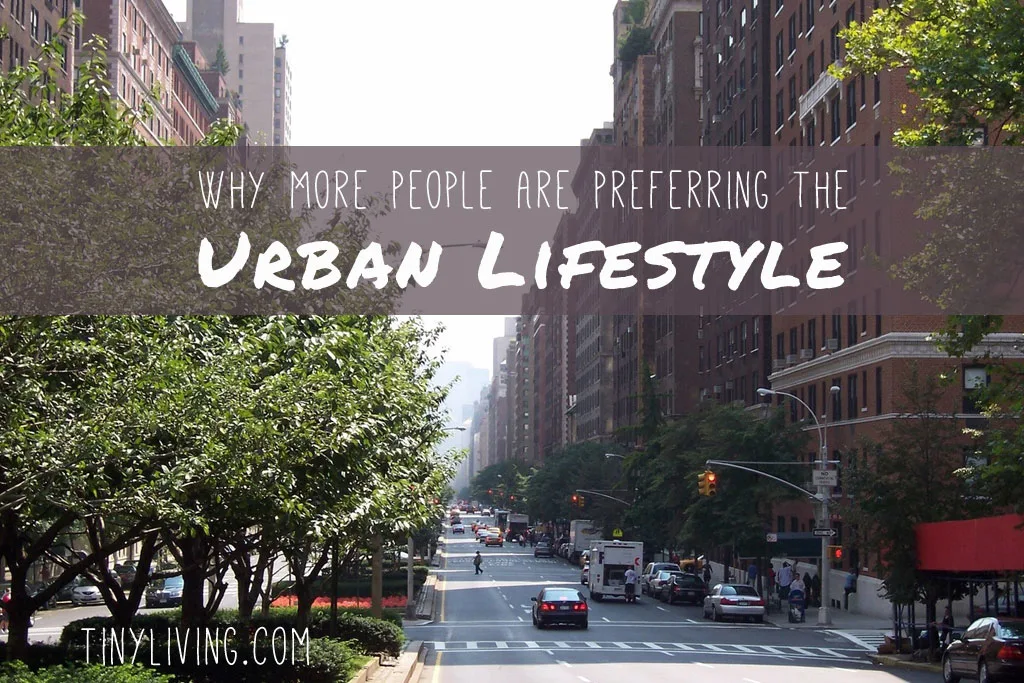Twelve years have passed since the middle of the housing boom, when President Bush proclaimed that owning a home was the realization of the American Dream. It would appear that is no longer the dream of Millennials, the current largest population group born between 1983 and 2000, who are increasingly flocking to the cities instead of heading to the suburbs.
According to Time magazine, census reports show that the metropolitan sprawls in areas like Austin and Seattle are growing faster than any other areas of the country. As of last year, 62% of millennials prefer to live in diverse-use rather than strictly bedroom communities. The most popular dwellings are no longer single-family houses, but high-rise multiplexes, with construction rates the highest they’ve been since 1973.
Even within areas that have seen recent suburban job growth, such as Seattle’s east side, statistics show that residents still prefer to live in the city and commute to work rather than move closer to their jobs.
So what exactly is it that makes the urban lifestyle so attractive? The following are some of the greatest reasons many people are preferring a small-space, big-city lifestyle.
Walkability
Increasingly heavy metro traffic is enough motivation for many to live near their city jobs and eliminate the long, stressful commute, or opt for public transportation. With mass transit, smartphone-hailed taxi services, bike-friendly streets, and the ability to walk to everything you need, vehicles really aren’t necessary.
The St. Clair family, interviewed by Seattle Times writer Gene Balk, cited walkability as one of the key draws to their preference for downtown living. Within a few blocks, they have access to good restaurants, popular bookstores, and theaters. What’s more, there are plenty of kids in the neighborhood for their own children to interact with.
The City Vibe
What often begins as a temporary solution to landing a first job or uncertain job market stability is increasingly turning into a preference for urban living.
Even though he works in suburban Redmond, Kristian St. Clair loves the vibe of Seattle’s Central District, and he’s not alone in loving the atmosphere of a city. Even in smaller cities, the sense of ‘authenticity’ is a draw to younger adults who enjoy connecting socially within a diverse community. Cities are hubs of culture and their downtown areas always give off a unique impression that appeals to people who value experiences more than personal space and privacy.
City Amenities
Hand in hand with the urban lifestyle ‘vibe’ are the public parks, museums, theaters, arts, and activities that offer plenty of options for energetic and outgoing young people. City amenities have risen in importance over personal square footage. As some have put it, the city has become the millennials’ ‘living room.’ An AIER study from earlier this year revealed that recent college graduates are no longer deciding on where to live based strictly on housing and distance to work, but on neighborhood restaurants, access to mass transit, and the social/lifestyle scene.
A Growing Preference for Tiny Living
Couples and families who may still want to own a home down the road but are deterred by current lending conditions are staying longer in the city, and learning to love it. Less living space means less time spent on upkeep, less money spent on filling it with possessions, and more of both for enjoying all the rest life has to offer. While experts are saying that this trend will eventually reverse with a Millennial migration back to the suburbs to raise their families, evidence of many young families content with an urban lifestyle may change that prediction. For right now, we’re seeing a distinct preference for tiny living in the big cities.
Photo Credit: FreeImages.com/pascal konings

